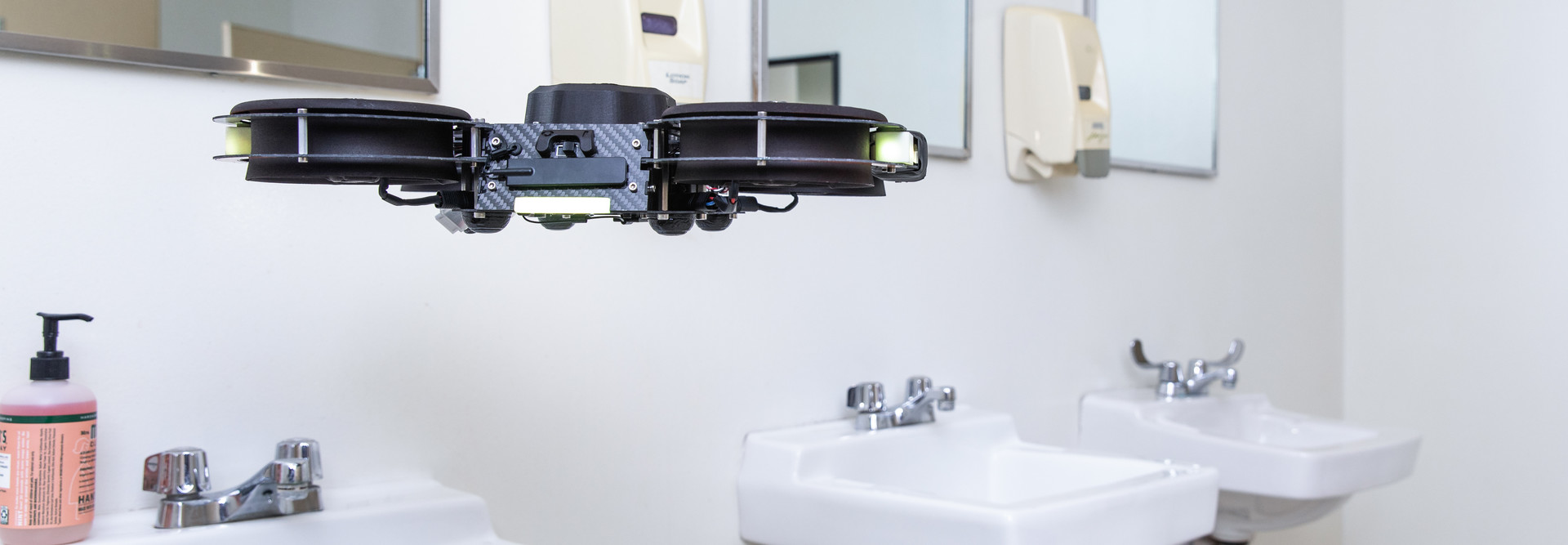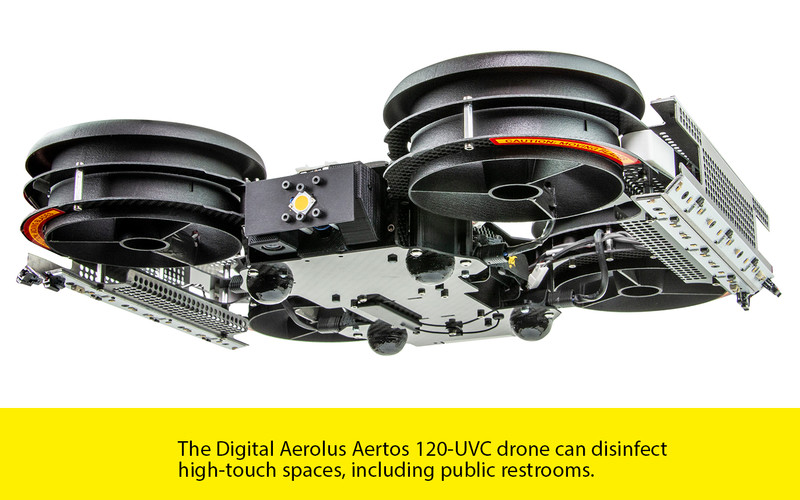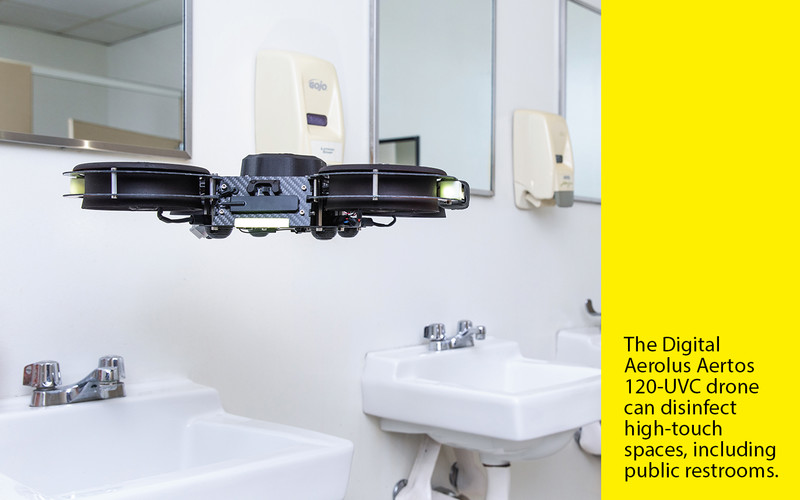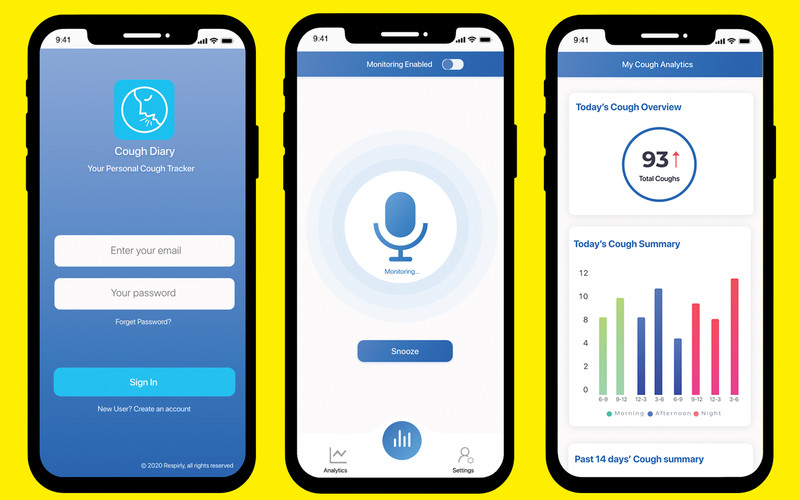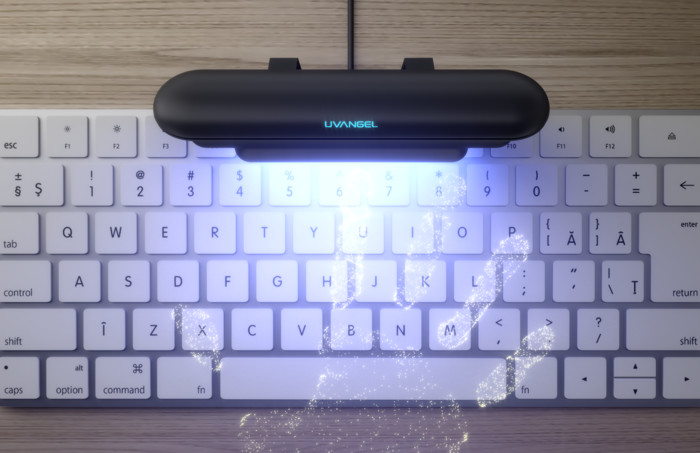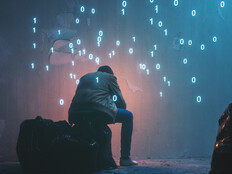As hope grows for a return to some semblance of normal life across the U.S., roughly 70 percent of colleges and universities plan to resume in-person — or at least hybrid or blended — classes in the fall. But what will it take to reopen campuses safely?
In short, a lot. Experts around the nation have weighed in, noting that between their packed residence halls, cafeterias, lecture halls and sporting events, college campuses make ideal venues for disease transmission. Even so, most of the country’s universities intend to welcome students back to in-person learning this fall, lest they face continued economic shortfalls and lapses in education.
Sanitizing, temperature monitoring and various contact tracing technologies and protocols have all emerged as key elements of campus reopening plans. But, with no real precedent to fall back on and so many different demographics, locales and disciplines to consider, there’s no singular approach or solution.
“Right now, I think people probably have more questions than answers,” Ryan Seilhamer, assistant director of mobile strategy and innovation at the University of Central Florida, said during a June webcast of higher education leaders discussing the challenges of reopening campuses. “This is all really, really new to us, and there’s a lot of different technology solutions that are being introduced every day. Schools are working very hard to figure out what works.”
How to Use Data to Supplement Manual Contact Tracing
Ever since COVID-19 first reached the U.S., the size of infected populations has fluctuated. One day, a state might see hundreds of diagnoses, and the next only a few dozen. To counter that variability, colleges and universities need contingency plans for potential outbreaks. One of the keys to containing an outbreak is contact tracing. But the manual nature of contact tracing can be a hindrance.
“They have no insight into how the patient is really doing,” says Matt Whitehill, a doctoral student at the University of Washington who is a part of a team developing an app to help monitor the coughs of quarantined COVID-19 patients. “They have to contact them and ask, ‘Do you have a fever? Do you have a cough?’ And these are all subjective measures.”
Over the past 10 years, the UW researchers have compiled an extensive database and algorithm that differentiates between roughly 20,000 cough sounds and other environmental noises. Since coughs are a common symptom of COVID-19, simply tracking the number of times patients cough per day can provide valuable insights into their recovery. “If the coughs per day over a two-week window are going down, they’re probably getting better,” Whitehill says. “It’s a good way for public health officials to triage or emphasize who may need medical attention.”
In a similar vein, University of California Irvine researchers developed an open-source codebase for a QR code–based app called TrackCOVID, which alerts people if they’ve interacted with infected people. The QR codes will be posted in high-traffic areas, such as university campuses, grocery stores and public transportation hubs.
“If you went to the same place as someone who was exposed within a certain time frame, you will be notified that you may have been exposed,” says Tyler Yasaka, co-developer of the app. “It actually doesn’t even tell you where you might have been exposed. It definitely doesn’t tell you who might’ve exposed you.
Use Data Analytics to Get More Precise Safety Insights
Where community health and safety are concerned, universities need comprehensive, real-time data analytics to manage social distancing protocols and set occupancy limits. One such resource is Degree Analytics, an affordable university analytics platform that supports universities’ early response and safety planning strategies.
“It allows universities to understand where students are on campus, who is on campus, and when they’re on campus,” says Michael Durand, the director of higher education sales at CDW•G. “Density mapping allows them to understand where students are congregating. This way, they can use data-driven information to implement safety protocols and strategies.”
Degree Analytics uses existing infrastructure elements like Wi-Fi networks and IT data. Using real-time data, the platform makes it possible for universities to look back and identify all potential interactions on campus from a certain point in time. In addition to providing heat maps to help institutions gauge how well their campuses are social distancing, Degree Analytics also helps universities to automate and scale their contact tracing efforts.
“The barrier of entry is low,” Durand says. “It’s a per-student cost, versus some other solutions that are based on analytics consumption.”
17%
The percentage of college students surveyed who said they plan to transfer or take a semester off based on their university’s response to the COVID-19 pandemic.
Source: Forbes.com, “Five Ways Covid-19 Will Impact Fall College Enrollments,” Mar. 30, 2020.
Disinfect Campus Efficiently with Sanitizing Drones
Of course, no amount of data can alert administrators when a pathogen is transferred from a doorknob to a keyboard. Knowing this, universities are exploring automated sanitization as an essential preventive measure.
Along with disinfectants, ultraviolet light is considered highly effective for disabling virus DNA and preventing pathogens from multiplying. In 1942, the American Journal of Epidemiology published the results of a five-year experiment that found students in classrooms with ultraviolet fixtures were much less likely to catch contagious diseases like smallpox.
Some examples of UVC sanitizing tools include the Digital Aerolus Aertos 120-UVC drone, which rapidly disinfects indoor spaces, making it a good fit for campus common areas. Then there is the UV Angel Adapt, a UVC light treatment tool that attaches to devices like keyboards, touch screens and monitors. The device includes motion sensors that shut off UVC light whenever a user approaches the device.
The UV Angel Adapt automatically disinfects high-touch surfaces. Source: UV Partners Inc.
Using artificial intelligence, the UV Angel Adapt can also detect when a device is used or cleaned, in turn providing universities with beneficial compliance data. “Let’s say most of the computers are used between 8 a.m. and 1 p.m.,” says Linda Lee, UV Angel’s chief medical affairs and science officer. “Everyone can be comfortable knowing this surface is being continuously treated during this time and throughout the rest of the day.”
MORE ON EDTECH: These are the factors to consider when choosing fever detection tech.
Be Flexible and Adaptive to Change
To fully prepare for reopening, colleges and universities need not only a comprehensive approach, but also to remain flexible as new solutions, resources and compliance mandates appear. “Guidance continues to evolve in California,” Lizette Navarette, the vice chancellor of College Finance and Facilities Planning at California Community Colleges, said during a recent panel discussion on best practices for reopening campus.
When the California governor issued a face mask requirement in late June, it forced CCC to revise its schools’ safety protocols. In response, Navarette quickly shifted her role and secured PPE for the university system. “We are working with them to identify ways to refill their supplies locally,” she said.
From updating policies and procedures to improving quarantine and isolation plans, the safest higher education institutions are the ones that can quickly incorporate newly available tools and technologies as they adapt to ever-evolving scenarios.



